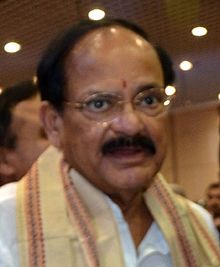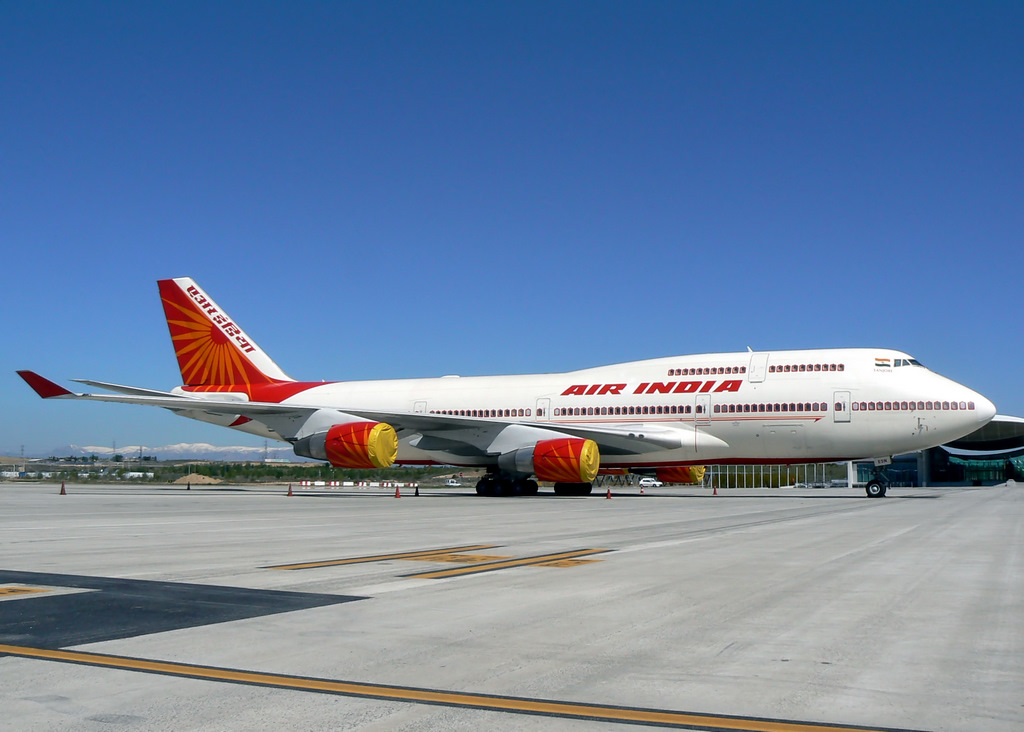
In the Independence Day speech made on August 15, 2016, the prime minister Narendra Modi talked about the turnaround of three public sector units(PSUs)—Air India, Bharat Sanchar Nigam Ltd(BSNL) and Shipping Corporation of India.
As the prime minister remarked: “The PSUs are formed to fall in a pit, to fail, to get locked or to be sold out. That has been the history. We have tried to bring in a new culture. And today for the first time, I can say with satisfaction that Air India which had a bad image, has succeeded in registering an operational profit last year. At a time when telecom companies all over the world were earning, BSNL was falling in a pit. For the first time, BSNL has succeeded in earning operational profit. Nobody knew whether Shipping Corporation of India would ever be in profit. Today Shipping Corporation of India is making profit.”
Operational profit is the profit that a company makes from its business operations. It is what accountants call earnings before interest and taxes. In case of Air India, as I have written in the past, the airline has made an operational profit primarily because of the fall in oil prices. I will not repeat the argument here. (You can read the column explaining this here). Also, just because the airline has made an operational profit doesn’t mean that the airline is not losing money.
What Mr Modi forgot to tell us is that the airline lost Rs 2,636 crore in 2015-2016. Herein we need to differentiate between the operational profit of the company and the net profit/loss. Anyone who has studied Finance 101 knows that operational profit and net profit are two different things all together.
Operational profit is the profit that a company makes from its business operations. After this, the company needs to pay interest on its debt, as well as taxes to the government. What remains is the net profit or net loss, as is the case with Air India. In case of Air India, the airline had a debt of Rs 51,367 crore as on March 31, 2015 and interest needs to be paid on this debt. After paying this interest, the airline ended with a net loss.
Also, the complete profit and loss statement of the airline for 2015-2016, hasn’t been made public yet. From the data that is available in the public domain it can be said that the airline made an operating profit primarily because of a fall in oil prices. If there is anything more to it, then the government needs to make available the complete set of numbers, as soon as possible, in the public domain.
Further, the Modi government, in the process of projecting itself positively, has shown a tendency in the past, to take credit for falling oil prices as well. Take the case of the total savings made through Pahal, the scheme in which the subsidies available on domestic cooking gas are transferred directly into the bank accounts of citizens, after they have bought a cooking gas cylinder at the full price and not the subsidised price as was the case in the past.
In June 2016, the finance secretary Ashok Lavasa said that the government had saved Rs 14,872 crore by paying the subsidy amount directly into the account of people. This turned out to be incorrect.
A CAG Audit Report on Pahal published in August 2016 eventually pointed out that while there were some savings from Pahal, they were nowhere near the claims being made by the government as well as the oil companies which sell cooing gas cylinders.
In a report the CAG said that the reduction of Rs 23,316 crore in cooking fuel subsidy for the first three quarters of 2015-2016, in comparison to 2014-2015, was largely due to a sharp fall in oil prices and not due to the Pahal scheme.
As the report pointed out: “While implementation of PAHAL scheme coupled with the LPG ‘Give it up’ campaign has resulted in the reduction of offtake of domestic subsidised LPG cylinders, the resultant savings was not as significant as that generated through fall of subsidy rates.”
The CAG said that the savings due to implementation of Pahal were only Rs 1,764 crore. The remaining Rs 21,552 crore fall in cooking gas subsidies was largely due to a fall in oil prices. Another interesting point that the CAG made was that while calculating the fall in subsidy, the national average offtake of 6.27 cylinders a year should be used and not the maximum number of 12 cylinders that consumers are allowed subsidy on, during the course of the year.
This isn’t surprising given that politicians and governing political parties all over the world, like numbers which show them in good light. As Philippa Malmgren writes in Signals—How Everyday Signs Can Help Us Navigate the World’s Turbulent Economy: “Why would politics demand that the numbers be skewed in a particular direction? Power. Politicians and policymakers want power. They want votes. They want the mathematics to show whatever will favour them in an election. If they want a different answer they simply change the assumptions or the parameters of the algorithm.”
The thing is that Pahal is actually working and has helped whittle down a good number of bogus domestic cooking gas connections which were being used to divert domestic cooking gas in the black market. Also, Rs 1,784 crore is a very good amount of saving and need not have been misrepresented in the way it eventually was.
If the government had reported the correct number, that in itself would have been a good beginning. By doing what it did, the government gave an opportunity to naysayers to say that “we told you that economic reforms don’t work in India”. And that is not a good message to spread.
The other company that prime minister Modi talked about in his speech was BSNL. Talk about BSNL having made an operating profit in 2015-2016 has been there in the media for some time now. In fact, the former telecom minister Ravi Shankar Prasad in July had said that the company would report an operating profit of around Rs 2,000 crore in 2015-2016.
A news-report in The Economic Times now suggests that the company might have made an operational profit of Rs 3,378 crore in 2015-2016. Again, there is no data available in the public domain on this. The latest numbers I could find where from the department of telecommunications annual report for 2015-2016.
Figure in * Crore
| Financial Year | 2012-13 | 2013-14 | 2014-15 | 2015-16 (Up to September 30, 2015)* |
|---|---|---|---|---|
| Total Income | 27,128 | 27,996 | 28,645 | 12,929 |
| Total expenditure | 35,012 | 35,016 | 37,292 | 16,734 |
| Net profit | (-) 7,884 | (-) 7,020 | (-) 8,234 | (-) 3,462 |
Note: * Data is Provisional & Un-audited
For the first six months of the year, it seems BSNL was on its way to make massive losses that it usually does. What changed over the next six months will become clear only once the complete profit and loss statement of the company is available in the public domain. Right now we only have statements from the government, and a few leaks, and nothing more.
Both Air India and BSNL are unlisted companies. But given that they are eventually owned by the taxpayers, it is only fair that the government puts out their complete set of numbers as soon as possible. While these numbers will eventually be declared but by then it will be too late.
So that leaves us with Shipping Corporation of India, which is listed on the stock exchanges. In 2011-2012, the company made losses of around Rs 428 crore. In 2015-2016, the company made a net profit of around Rs 377 crore. How did this turn around happen?
In fact, the cost of fuel (bunker fuel is the main type of oil used aboard ships) in 2011-2012 was at Rs 1,560.3 crore. By 2015-2016, this had fallen by more than 59.3 per cent to Rs 637.5 crore. In 2011-2012, the cost of fuel amounted to 36.2 per cent of net sales. In 2015-2016, the cost of fuel amounted to 15.5 per cent of the net sales of the company. In fact, the sales of the company have gone down during the period.
The difference in performance of the company lies in the fall in the fuel bill of more than Rs 900 crore. This has pushed the company into a profitable zone. There is nothing more to it.
Also, in 2014-2015, 77 out of the 234 PSUs were loss-making. The number was 70 in 2013-2014. How have things changed on this front, is something that the government needs to tell us.
Currently, the government is busy making out a positive case for itself, on the basis of incomplete data and taking credit for fall in oil prices, as well. It can do better than this.
The column originally appeared in Vivek Kaul’s Diary on August 19,2016


